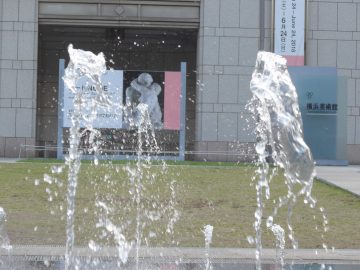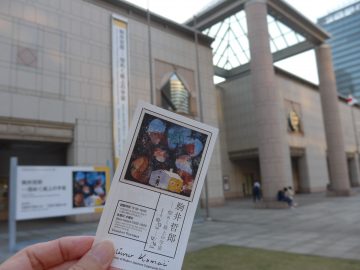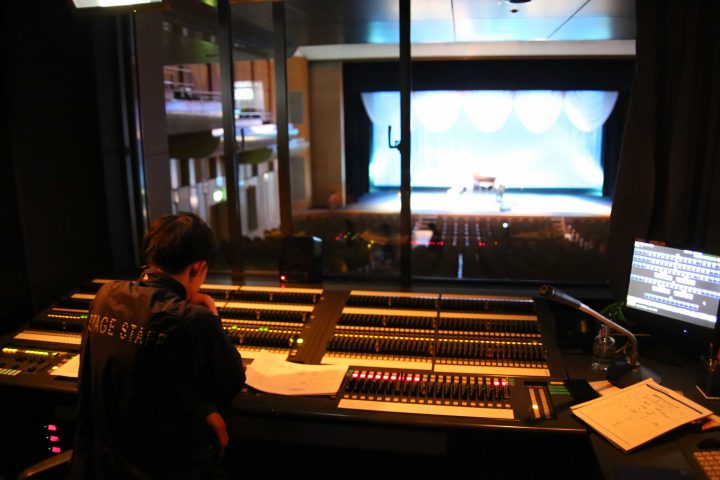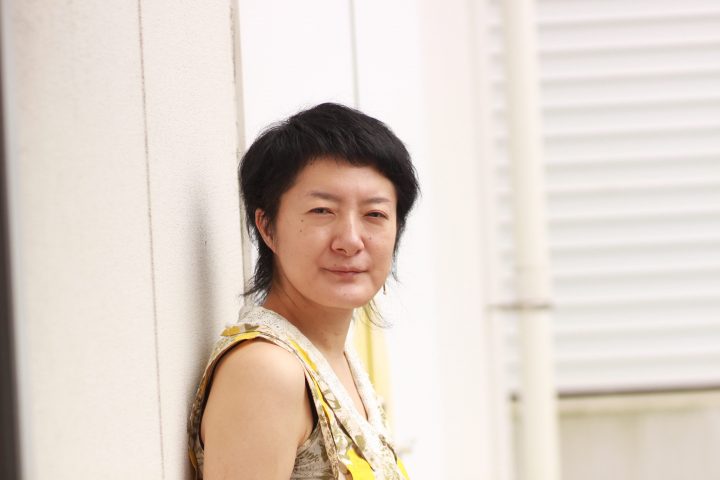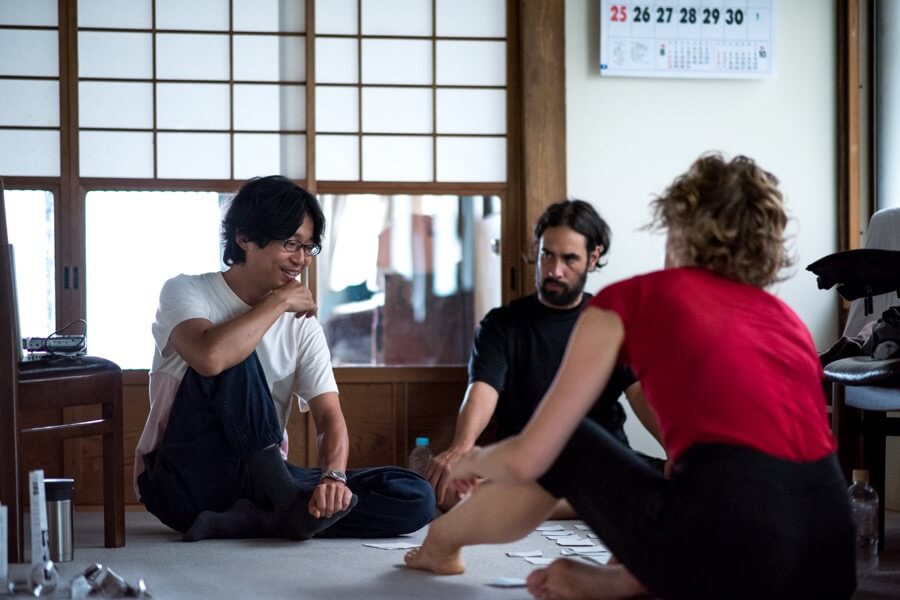
I want to connect people with the spaces of Kamakura.
—Mr. Seto, you are involved in a variety of activities in Kamakura, including not only your activities as Root Culture, but also the establishment of the public venture company “Kamakura Co., Ltd.” What was the impetus for this?
Seto : I'm from Kobe and started living in Kamakura when I was a student. It is often said that outsiders can better understand the charm of a city. This building is something you would take for granted if you live locally, but it has a charm that you can only notice as an outsider. I'm gradually becoming more of an inside person, but Kamakura is a city with a lot of interesting and wonderful spaces, and a lot of interesting and attractive people, so I feel like I want to connect spaces and people. had. There are quite a few famous people who actually live in Kamakura, but are often active in Tokyo or overseas, and are not very active in Kamakura. We want to create a place where such people can be active locally, and make Kamakura a city where more cultural and interesting things happen. I started Root Culture 10 years ago because there were a lot of people in my generation who felt the same way, and since then I've continued to work steadily and enjoyably.
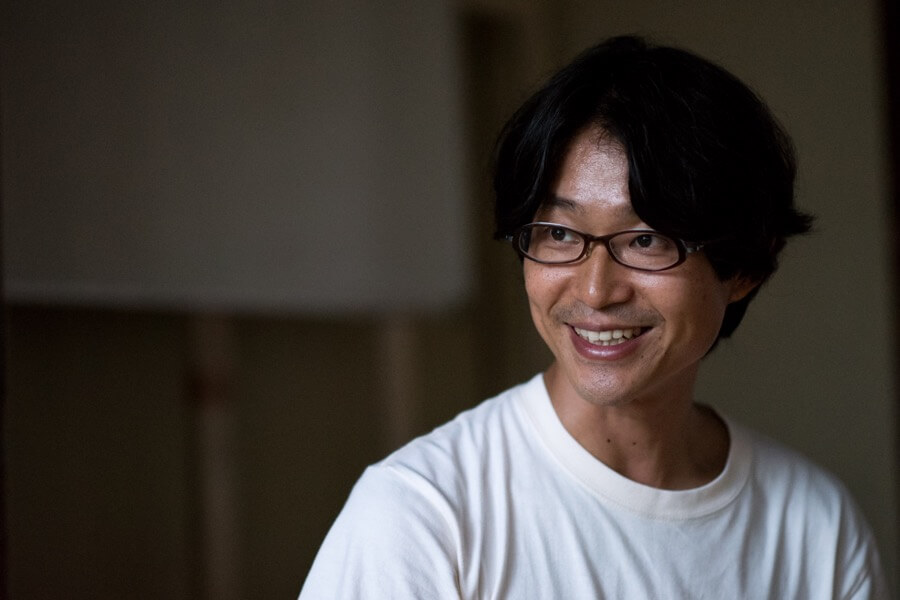 Yasushi Seto
Yasushi Seto-In addition to presenting works of specific genres and holding workshops, Root Culture also holds many projects that enliven the entire town, such as the Kamakura Sea Carnival.
Seto : We were doing it with that mindset, and in fact, there are other people in the generation above and below us who are thinking the same thing, and Kamakura has many such organizations. It was a situation where everyone was doing things differently. Lately, we've gotten to know each other better, and if we have similar aspirations, I think the current trend is to do things together, such as with the Kamakura Sea Carnival. .
Creating works based on human relationships
—What is the position of this residency program?
Seto : This is Ursula's fifth visit to Japan, and up until now she has stayed in Kamakura, but she has also produced in Yokohama, so this is her first attempt to do everything in Kamakura. After all, I think they also feel that Kamakura is a very special and interesting city, but while making the most of its location and people, it is also important to make sure that it is connected properly to the outside world, rather than just being stuck within Kamakura. I think that by doing so, we can bring in new things and make it more interesting, and we can also bring out things from Kamakura.
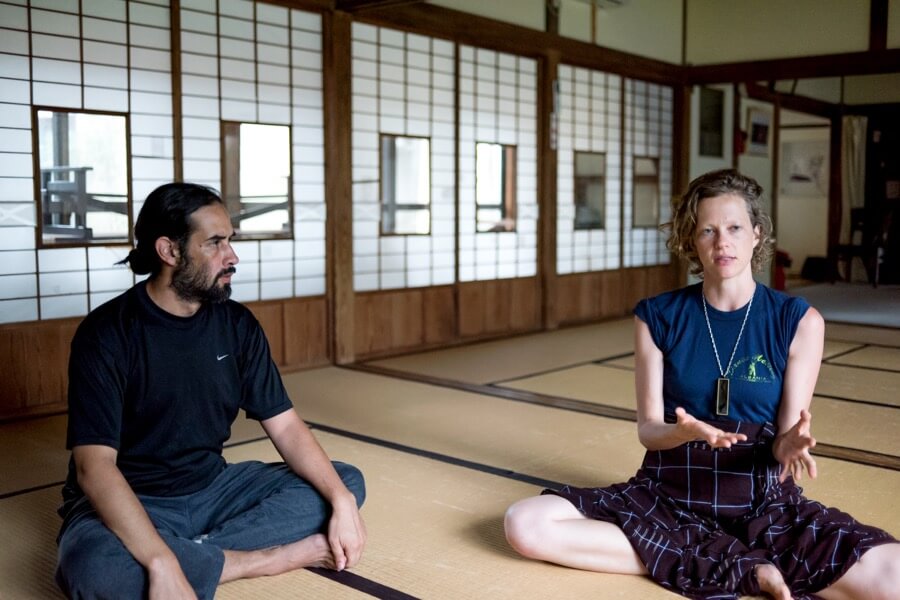 Martin Rands, Ursula Eagly
Martin Rands, Ursula EaglyEagly : This project is structured so that each of the three artists serves as a host for a certain period of time. Martin hosted us in Mexico City, I hosted in New York, and now it was Yasushi's turn. Each event will be held in one artist's home town, connecting with the local community, and staying in each other's or friends' homes.
I think it is very meaningful to actually travel to each other's countries, understand the background of each person's production, and create based on interactions with people.
This is the first performance for this project, with performances to be held in New York in March 2017 and in Mexico in the fall of the same year.
Rands : There's a lot of emphasis on getting to know Ursula and Yasushi's family and friends. I think one of the characteristics of this project is that such things are part of the production process. I was staying at the house of another member of Root Culture, and there we did a mini performance first with just the three of us.
We were able to build good relationships with local artists in Mexico and New York, and both Yasushi and Ursula ended up collaborating with them on concerts and workshops.
Ursula : Elements developed in that workshop are also present in this work.

—How was the structure of such a program decided?
Seto : Speaking of things happening, it's just the way it is.
Eagly : When Yasushi was staying at my house, he performed at my house as well. I feel that building a certain level of intimacy with the audience has become important in our creative process. We understand our audience the same way the three of us understand each other, and we hope to be able to bring that close relationship to formal settings such as temples and theaters.
Experience the roots of culture
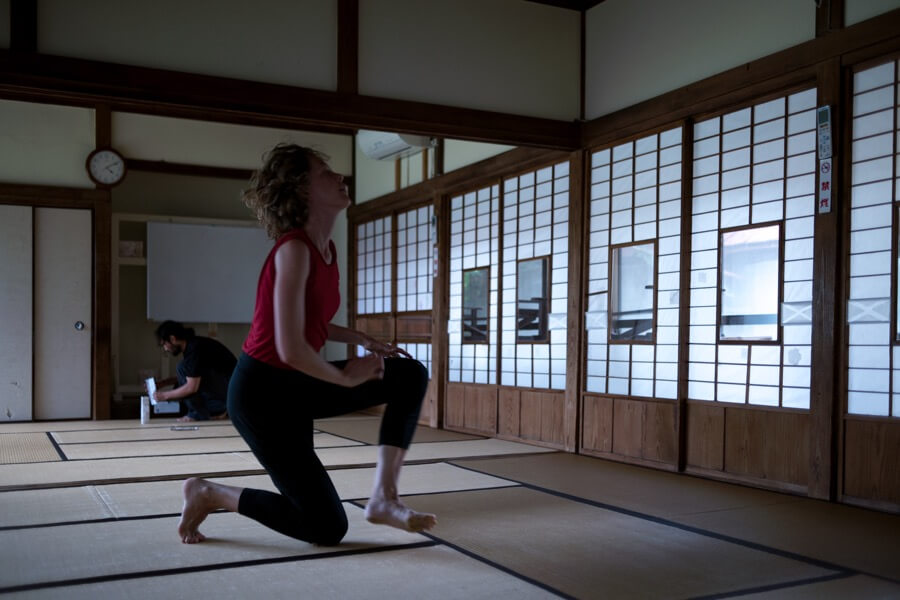
-What are you planning to do during your stay in Kamakura?
Eagly : What's interesting this time is participating in zazen meditation at Tokeiji Temple, where we will be performing.
Seto : D.T. Suzuki, a Buddhist scholar who can be said to have spread Zen throughout the world, is a person with a very deep connection to Tokeiji Temple. There is also a grave, and this year just happens to be the 50th anniversary of his death. Ursula has been in New York for a long time, Martin has stayed there as a resident artist, and I myself go to New York often, and D.T. Suzuki is actually a person who has had a great influence on the New York art scene. Composer John Cage and novelist Jack Kerouac heard the lectures he gave on Zen at Columbia University starting in 1952 and were deeply shocked by the idea of Zen. And just as Haruki Murakami was influenced by these American literary figures (beatniks), we Japanese are influenced by American modern culture, which was born under the influence of Zen. I wanted to experience Zen and present my work at Tokeiji Temple, which can be considered its roots.
Eagly : Since we perform on tatami, we also rehearse on tatami. Yasutsugu searched for a practice area with a Japanese-style room all over Kamakura. For Martin and I, being able to work in such a traditional building is a very valuable experience. Each rehearsal begins with zazen.
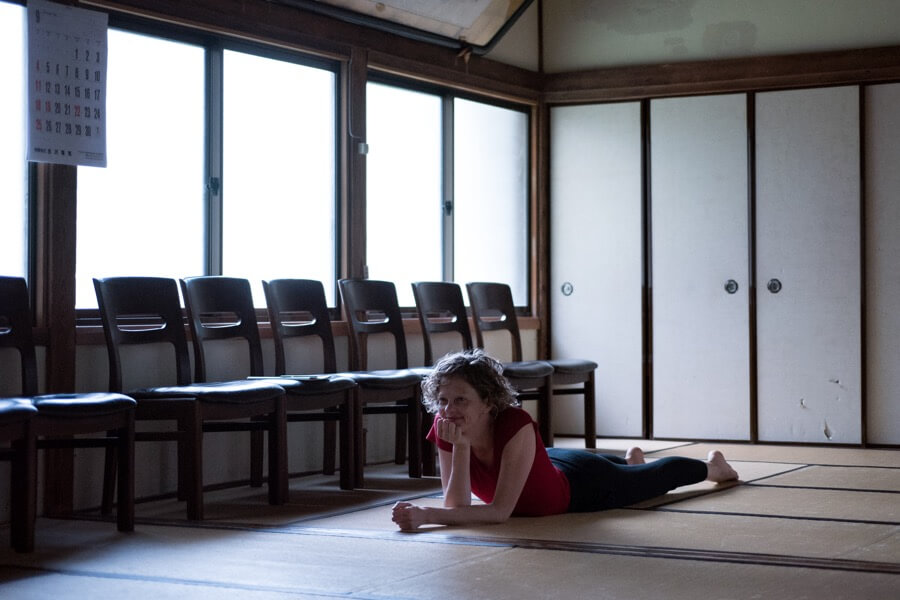
-How does the production proceed?
Eagly : In New York and Mexico City, we had residencies that were just production, so we went through an experimental process, but here we are creating a performance structure. For the first time, I'm putting my previous experiments together for an audience. Right now, I'm thinking about how to perform it, and I'm reorganizing it little by little.
-What was written on the card?
Eagly : It's like a twine (each person's performance material). The elements in Yasushi's threads, the elements in Martin's threads, and the elements in my threads all make up the performance. I'm still reconsidering the order.
Seto : I don't use this every time, but I often do it this way.
Martin : What's interesting is that although the principles are the same, the approach changes depending on the situation.
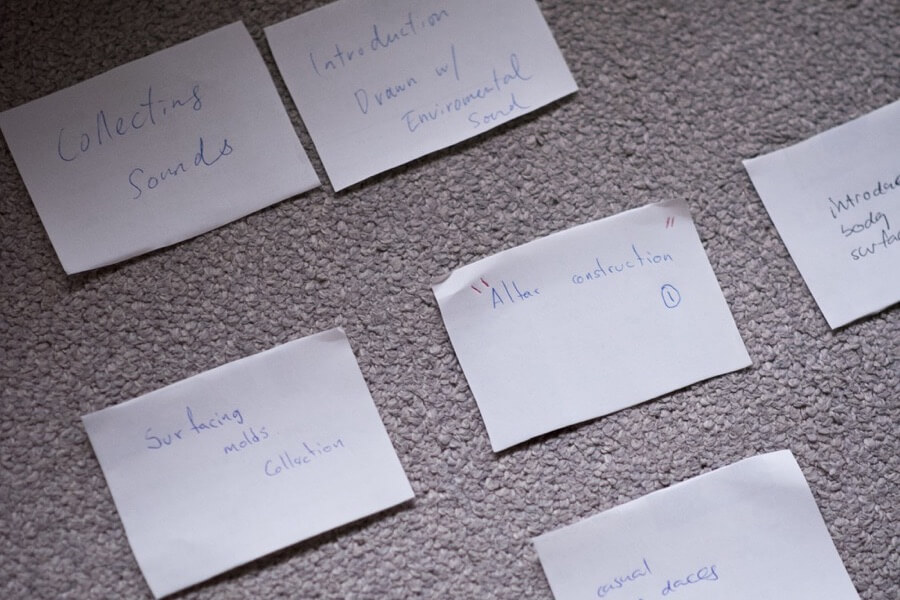
-It's a process of rehearsing and discussing, over and over again.
Seto : There are times when we both say what we noticed or thought, and what we say just doesn't reflect anything, and other times we end up thinking, ``That's really important.''
-Where was the sound recorded?
Seto : Most of it is the sounds I recorded here and now. I'm thinking about whether to include sounds recorded in Mexico or New York in the second half. (They were taking pictures during the rehearsal) I also recorded the shutter sound, but the volume was a little too low.
-The sound of drums passing outside was mixed in, and it felt very Kamakura-like.
Seto : That was really a coincidence. This is quite intentional, but gradually it becomes difficult to tell which is the recording and which is the live sound.
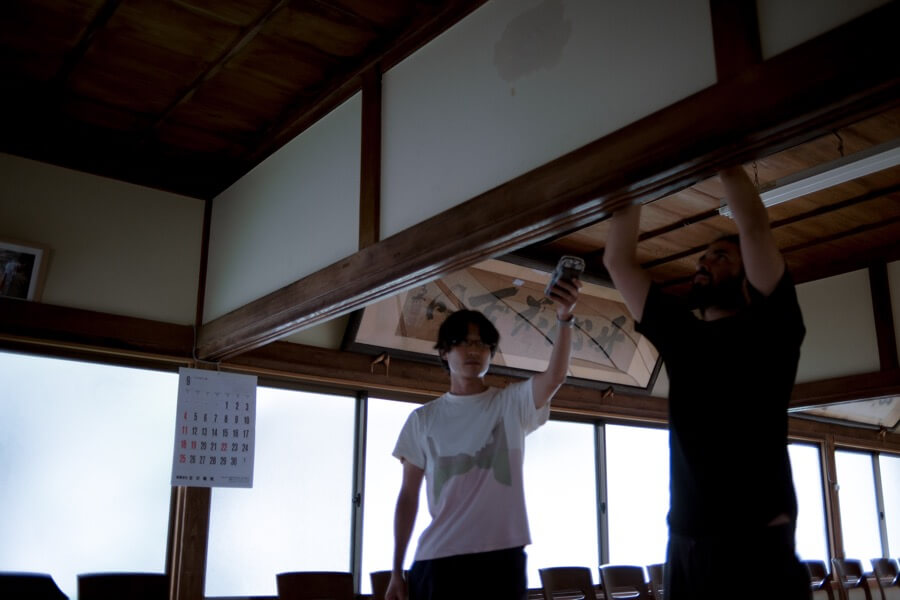
respect each other's differences
-How did you decide on the concept?
Eagly : I remember Yasushi bringing it up during my first residency in Mexico. In this project, it is important that there is space to accept each other's differences in opinions and methodologies. Then, when I talked about the political situation in Japan, Martin said, ``It's similar to the situation in Mexico.'' In the United States, there is a movement called "Black Lives Matter," and there are concerns about racial discrimination, but in each country, the system is suppressing it, whether it's through media restrictions or violence. There is a sense of crisis that this is giving rise to
Every piece of art and community has its own unique statement, and we wanted to be conscious and clear about what we were presenting with this project.
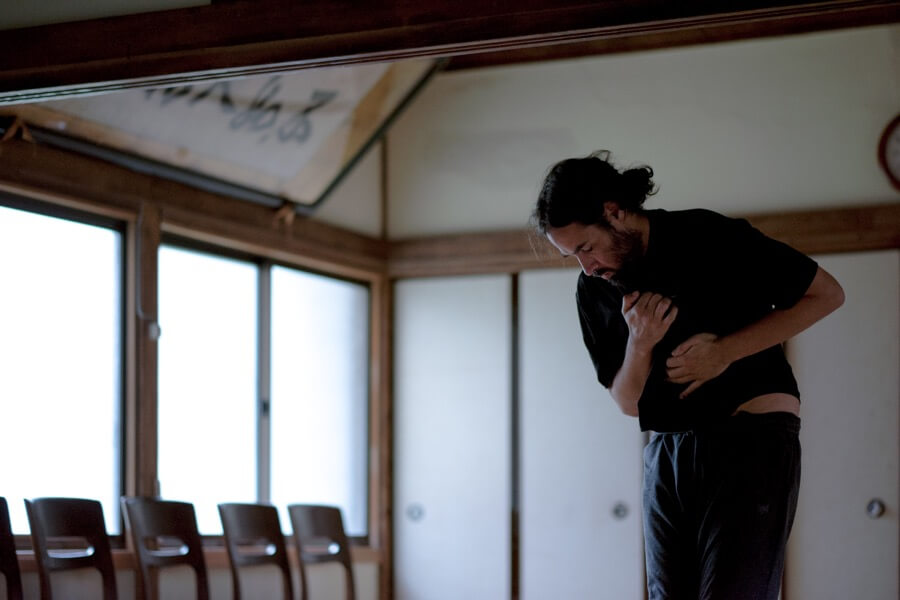
-What kind of people do you want to reach out to?
Seto : Although I am a specialist in the relationship between Zen and art, I think Tokeiji is a wonderful and special place, and I don't think our works can be understood without some prior knowledge. That's why I want people who have something that clicks with them to take a look at it intuitively.
-You mentioned earlier about the seating arrangement, but how will it interact with the audience?
Seto : We haven't really decided on that yet, but the three of us have a common interest in the question, "What exactly is performance?", so this is a place where the audience can also think about it. I think it will be good when the time comes.
– – –
root culture
http://rootculture.jp/news/piece-with-gaps-for-each-other
